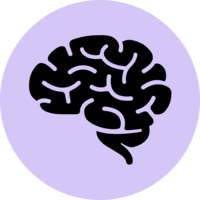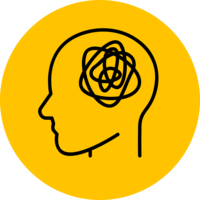Endocrine disruptors: Longitudinal study on pregnancy abnormalities, infertility, and childhood (PÉLAGIE)
The PÉLAGIE study was set up in response to concerns about the health of children and adolescents due to the presence of toxic compounds in our everyday environments in France. The study was set up in Brittany, France, in 2002. Over 3.5 years, it included 3,421 pregnant women during their first antenatal visit in three Breton departments (Ille-et-Vilaine, Côtes d'Armor, Finistère). These women and their babies were followed up at birth, then at 2 years (2004-2008), 6 years (2008-2012) and between 10 and 16 years (2015-2022) through a questionnaire sent to the parents and/or the child or adolescent. At each follow-up, questions were asked about the environment and health during childhood. A sub-group of children (1 in 10) was randomly selected from the cohort for more in-depth monitoring of cognitive and psychological development at around the age of 6 and of brain function using medical imaging at around the age of 10-12. Another sub-group of children (1 in 7) was chosen to monitor their pubertal development at around 12-13.
Study design
Cohort - primary caregiver and child
Number of participants at first data collection
3,421 (pregnant women)
3,460 (children)
Age at first data collection
Varied (pregnant women)
Birth (children)
Participant year of birth
Varied (pregnant women)
2002 (children)
Participant sex
All
Representative sample at baseline?
Sample features
Country
Year of first data collection
2002
Primary Institutions
National Institute of Health and Medical Research (Institut National de la Santé et de la Recherche Médicale, INSERM)
Links
Profile paper DOI
Funders
Ministère de la Recherche
Agence Nationale de la Recherche (ANR)
Agence nationale de santé publique (Santé publique France, SPF)
Agence nationale de sécurité du médicament et des produits de santé (ANSM)
Direction régionale des Affaires sanitaires et sociales (DRASS)
Ongoing?
Yes
Data types collected



- Computer, paper or task testing (e.g. cognitive testing, theory of mind doll task, attention computer tasks)
- Interview – face-to-face
- Physical environment assessment (e.g. pollution, mould)
- Physical or biological assessment (e.g. blood, saliva, gait, grip strength, anthropometry)
- Secondary data
- Self-completed questionnaire – paper or computer assisted
- None
- Functional magnetic resonance imaging (fMRI)
- Magnetic Resonance Imaging (MRI)
- Healthcare data
- Medical birth registry
Engagement
Keywords



